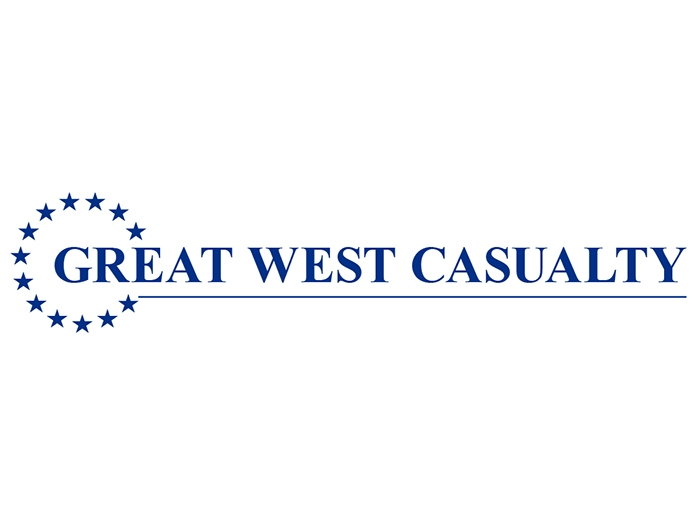Insurance Brokers, Sick of Checking Policies? AI Can Speed Up the Process and Reduce Errors

For decades, insurance policies have had to be manually checked by brokers before issuing them to their client.
Over time, though, clients have become increasingly frustrated at the length of time the process takes.
Added to that is the problem of human error creeping in, with even the smallest mistake, such as the incorrect name, that is overlooked or missed having the potential for the broker to be sued for thousands or even millions of dollars.
While 95% of errors may be found using the manual process, it’s those that aren’t picked up that can cause the biggest loss. Often, however, it’s not until much later when a claim is filed that these mistakes are found.
It’s the broker’s job to check the policy thoroughly for such errors and correct them, comparing them against other policy source documents including the application, quotation and any endorsements. But with policy documents often running to hundreds or even thousands of pages of dense legal language, this is an extremely complex, time-consuming and costly task.
Making their job even harder, due to remote working enforced by the COVID-19 crisis, customer service representatives (CSRs), who carry out the work, may not have access to the necessary documentation needed to properly fact-check policies.
Another problem is when insurers remove or add exclusions to the existing policy, which if not picked up, can have the effect of reducing coverage. Additionally, there can be discrepancies between limits and deductibles within the policy itself that need to be weeded out.
Then there are all the client-facing duties that brokers have to perform on top of this, that can push policy checking way down the list of priorities, particularly where resources are stretched. As a result, huge backlogs have developed, sometimes as long as six months, around the main annual renewal dates.
“Policy checking has challenged brokers and carriers for decades, creating months-long backlogs that delay the final delivery of the policy to the customer by as much as six months,” said Dan Narayan, vice president for business development at insurance consulting, technology and data sciences, Exdion Solutions.
Shikha Khetrapal, COO of Vantage Insurance Partners, an insurance management consulting firm, added: “We have seen situation where the next renewal cycle came and the client had never received the prior policy. That’s because, it’s such a time-consuming process with the account manager having to wade through a 300-policy document and compare it against a host of other documentation including the application for coverage, carrier quotations, the binding or issuing documents, endorsements, exclusions, proposals and ACORD forms.”
E&O Risk for Brokers
With Lloyd’s of London now requiring policies to be delivered to clients within 90 days of being bound and certain U.S. regulatory authorities stipulating 30 or 60 days, or face a large penalty, it’s more important than ever to get them done promptly and efficiently.
Brokers also continually run the risk of an errors and omissions (E&O) claim being brought against them for any mistakes made or incorrect policies. Such disputes between brokers and clients have become even more prevalent over the last 18 months because of the pandemic, with the COVID-19 Litigation Tracker reporting 3,100 COVID-19 related lawsuits filed since January 2020.
The average E&O claim severity has also increased by about 10% annually, peaking at $40,000, with more than one in eight insurance agencies expected to have a claim filed against them this year.
Initially, brokers used offshore outsourcing companies to reduce the checking costs, but that still took a significant time and generated backlogs, and more importantly, errors persisted.
Now that is all about to change with new technological advances which enable the policy checking process to be fully automated using agency management and policy-checking software.
The benefits are clear: policies that once took hours to check can now be completed in minutes using the program’s artificial intelligence (AI) technology to produce a list of mistakes that need to be checked and corrected, meaning that month-long backlogs can be eliminated in a matter of days.
In addition, the automated process is far more accurate than the manual one, as well as providing significant cost savings and efficiency gains, with less people required to perform the task. As a result, it enables CSRs to be freed up to focus on improving their customer service and carrying out higher-level tasks.
“It’s as simple as the policy-checking software going through the checklist of what it needs to look for in the policy, compare against all the other required documentation, identify any issues, and update the list with its findings and actions,” said Khetrapal. “Then the account manager can look at it and take any necessary action, making their role far simpler and providing a much faster turnaround time.”
AI for Policy Checking and Beyond
This AI, machine learning and natural language technology has a wider application throughout the insurance process too, from data input to payment, with the ability to extract data from policy documents to identify coverage gaps, improve the quality of the policy and calculate limits, as well as digitize information previously held on paper and identify new market opportunities.
It can even be used to compare two similar quotes and recommend the best one based on 72 data points within each quote.
“Policy checking is one key component to the insurance process,” said Khetrapal.
“However, automation can be used to connect each part, standardize workflow processes and perform multiple tasks throughout the entire ecosystem, all of which ultimately helps to serve the client better.”
One such solution is Exdion Edge, a suite of commercial insurance policy servicing products launched by Exdion Solutions in September.
The platform seamlessly integrates the different components of the policy lifecycle including renewal, new business acquisition, policy issuance administration and insurer coverage analysis using state-of-the-art technology, and best-in-class, lean and scalable processes.
It also enables brokers to check policies, compare quotes and analyze data, to meet their clients’ ever-changing needs. The suite of insurance policy management software, which integrates with different agency management systems, is the first of its kind to address the ongoing problems of manual processing, employee overload, increased expenses, and broker E&O claims.
Among its key benefits are helping to reduce expense costs, improve efficiencies and increase employee productivity; enable a personalized and customized service; and provide greater control of internal processes; and eliminate or reduce outsourcing.
The Exdion Solution
The core product within the suite is Exdion Policy Check, which was launched in 2019 and is already being used by the major U.S. brokerage firms. It automates policy issuance to the client after analyzing the policy, insurer quotes, limits, exclusions and policy language to identify and correct any errors or omissions, and the policy is binded.
“The product effectively works like a CSR: it takes the policy, compares it with other documents including proposals, quotes and binders or a combination of all of them,” said Sandeep Deva, vice president, product development and technology at Exdion.
“Using a list of 31 questions which encompasses everything from coverage to limits and deductibles, it searches for errors and omissions, and makes sure the policy matches what was requested from the client.”
The technology identifies nuances such as variations in named insureds, premiums and deductibles as well as inconsistencies between limits and sub-limits listed on the policy.
Machine learning is used to understand different templates and designs of document; natural language processing to comprehend the insurance language used; and AI to extract, read, check, interpret and compare all of the information.
Through the use of this technology, the platform, which has an accuracy degree of 95%, reduces the time taken to produce a checklist of policy errors for an individual policy from hours to mere seconds and can process policies in batches, returning them to the broker less than 24 hours after submission, delivering time savings of 80%.
“The software enables you to look at specific and relevant issues flagged up in the policy rather than having to trawl through 300 pages of a document,” said Vikash Kaul, CTO at EPIC Insurance Brokers and Consultants.
“From a costs benefit analysis perspective, we have been able to achieve significant time savings versus the current outsourced service we use, as well as sizeable operational and budgetary gains.”
The platform reads and compares policy documents across more than 300 checkpoints to identify any variations with the policy itself using fuzzy matching logic.
Over time, by identifying possible errors, through machine learning it suggests corrections, while the platform’s AI also enables it to produce a list of additional factors to be checked, based on its ongoing analysis of policy documents.
It covers all lines including property, liability, workers’ compensation, umbrella, business interruption, cyber, marine and E&O.
“The most valuable application for AI is its ability to identify a clause or wording that was included in last year’s policy but isn’t in this year’s one,” said Dana Beals, assistant vice president, director of enterprise operations at Insurica.
“The platform is trained and programmed to capture many of these small changes that can be easily missed by the human eye.” &














